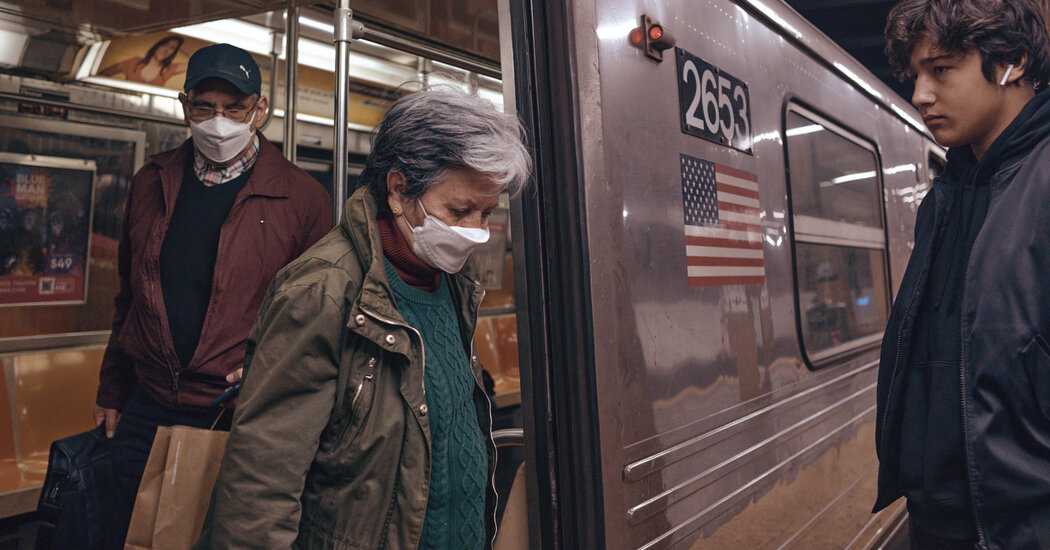What Happens When New York’s Covid Alert Level Moves to Medium Risk?
As coronavirus cases rise again, fueled by BA.2, the highly contagious Omicron subvariant, New York City is on the cusp of moving to a yellow, or medium, risk level from a green or low risk level. But what does that mean for the city’s residents and what precautions should they take? And what restrictions might the city enact in response to the increased threat?
Here is what you need to know:
What is the city’s Covid-19 alert level system?
The city’s new alert level system, which debuted in early March, is based on metrics set by the Centers for Disease Control and Prevention that attempt to give people and local governments a sense of when they should take extra precautions, such as wearing masks indoors, to prevent transmission of the coronavirus. The system uses three metrics to determine risk: the number of new cases per 100,000 people in the last seven days, new Covid hospital admissions per 100,000 people in the last seven days and the percentage of hospital beds that are occupied by Covid patients.
A previous system, which the C.D.C. used for much of the pandemic, did not take into account hospitalization rates and set the trigger for colored-coded risk levels at far lower case rates. Based on the old system, most of the Northeast, including New York City, would already be considered a red, or high, transmission zone, even though hospitalizations from the subvariant remain low in most places.
In New York City, a risk level of green means there is “lower” community spread of Covid-19. As long as new Covid-19 cases stay below 200 per 100,000 residents per week in the city, and hospitalizations remain low, the alert level stays green. Once new cases reach 200 per 100,000 residents, even if hospitalizations remain low, a yellow alert is triggered, meaning the risk level is “medium.” Hospitalizations above 10 new Covid-19 admissions per 100,000 per week, even at low case rates, can also trigger a yellow level. Covid-19 hospitalizations must be high to trigger an orange, or high alert.
Check out our Latest News and Follow us at Facebook
Original Source







